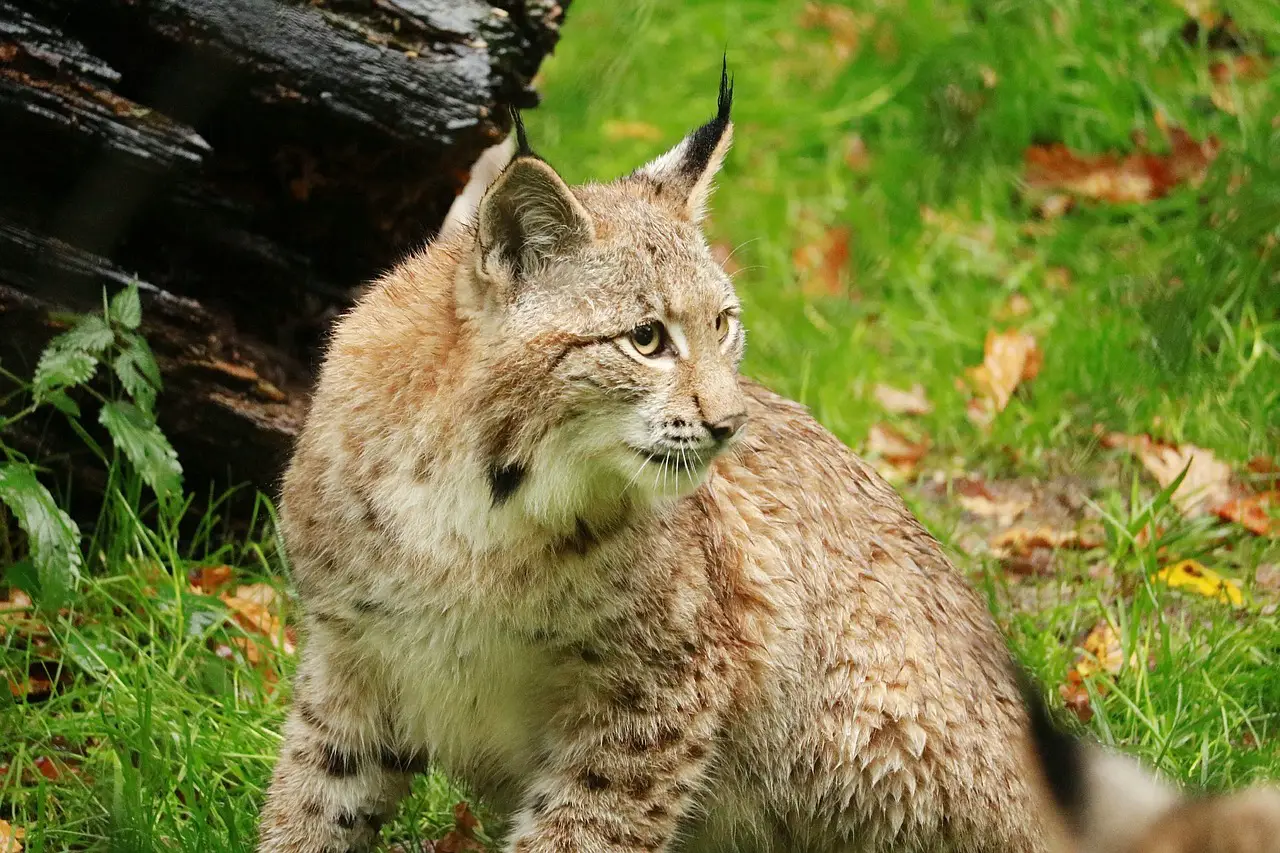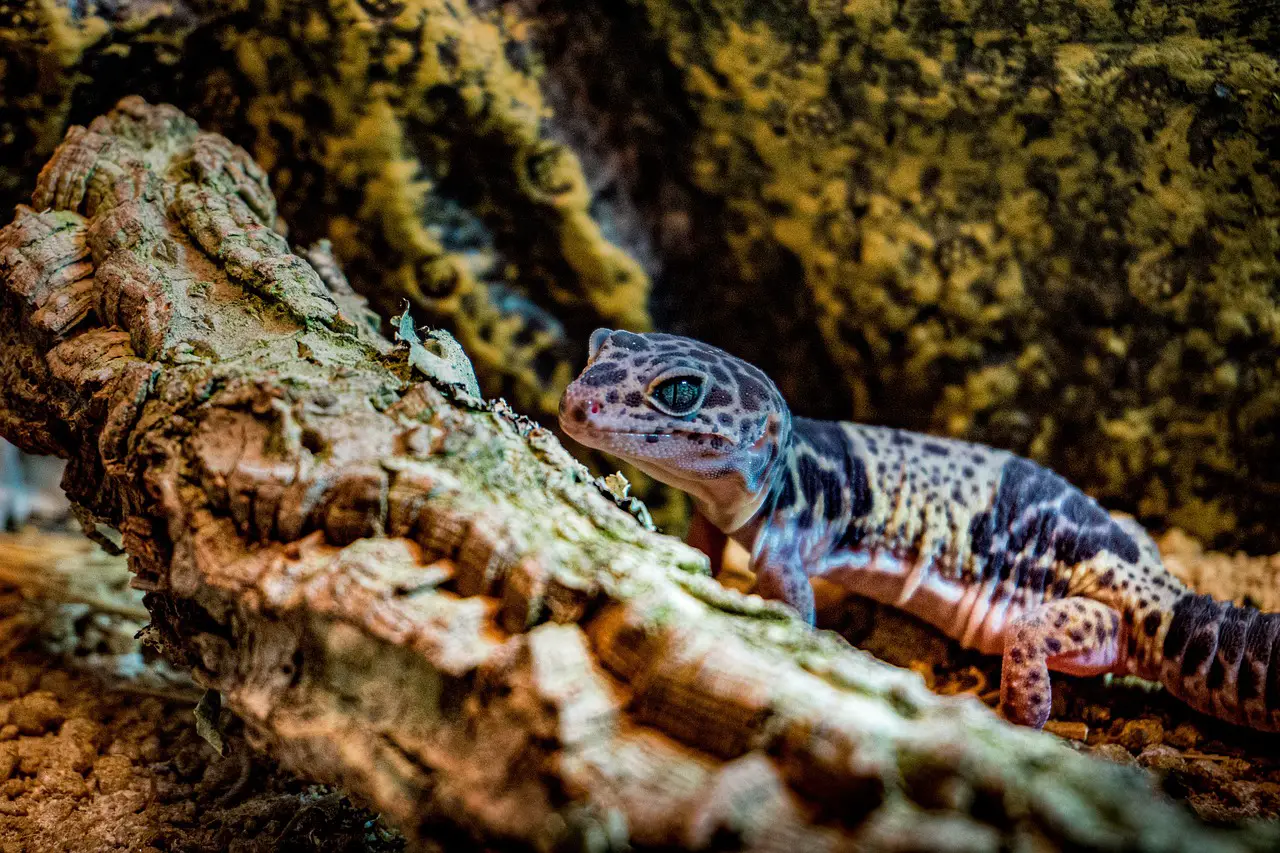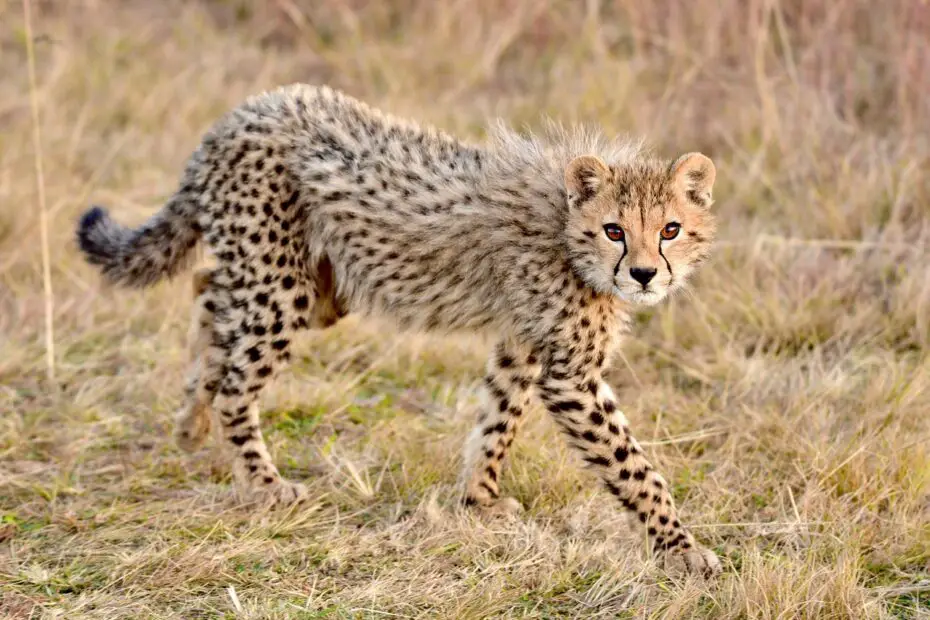The graceful and enigmatic nature of cats has fascinated humans for centuries. From their sleek fur to their agile movements, cats have an undeniable allure. However, there are other creatures in the animal kingdom that bear a striking resemblance to our feline companions. In this article, we will embark on a journey to explore animals that look like cats, their unique characteristics, and the wonder they bring to the natural world.
You may also want to read about different types of big cats.
Animals That Look Like Cats
Cheetahs
Cheetahs, with their slender bodies, distinctive spots, and lithe movements, are often associated with the grace and agility of domestic cats. These incredible creatures are known for their remarkable speed, making them one of the fastest land animals on Earth.
Lynx
Lynx, characterized by their tufted ears and striking facial features, share a resemblance with domestic cats. These medium-sized wildcats are known for their secretive nature and remarkable hunting skills. Their dense fur and stealthy movements make them efficient predators in their native habitats.

Ocelots
Ocelots, native to the Americas, possess a captivating beauty that resembles domestic cats. Their dappled fur, elongated bodies, and expressive eyes evoke a sense of familiarity. Ocelots are excellent climbers and adapt well to various habitats, including forests and grasslands.
Clouded Leopards
Clouded leopards, with their mesmerizing cloud-like patterns on their fur, have a strong resemblance to domestic cats. These medium-sized wildcats are found in the rainforests of Southeast Asia. They possess incredible agility and can climb trees with ease, showcasing their feline-like abilities.
Animals That Look Like Cats: Marsupials
Quokkas
Quokkas, native to Australia, are marsupials that share a charming resemblance to cats. With their rounded faces, compact bodies, and adorable smiles, these creatures have captured the hearts of many. Quokkas are known for their friendly and curious nature, often approaching humans with a gentle demeanor.
Tasmanian Tigers
Tasmanian tigers, also known as thylacines, were once found in Tasmania, Australia. These unique marsupials had some cat-like features, including a slim body, elongated tail, and facial structure resembling that of a domestic cat. Sadly, they are now considered extinct, highlighting the fragility of our natural world.
Margays
Margays, found in Central and South America, exhibit a remarkable resemblance to small wildcats. With their spotted coats, elongated bodies, and expressive eyes, these agile climbers move with feline grace through the trees. Margays are known for their exceptional ability to jump and catch prey in mid-air.
Animals That Look Like Cats: Avian
Black-footed Cat
The black-footed cat, a small wildcat native to Southern Africa, exhibits features that evoke a feline resemblance. With its rounded face, compact body, and bold markings, this nocturnal hunter possesses a captivating allure. Despite its small size, the black-footed cat is a skilled predator in its arid habitat.
Sand Cat
Sand cats, as the name suggests, are adapted to thrive in desert environments. These small wildcats possess a compact body, thick fur, and broad face, resembling domestic cats. With their unique adaptations, including fur-covered paws for insulation from hot sand, sand cats are well-suited to their arid habitats.
Pallas’s Cat
Pallas’s cat, also known as the manul, is a wild feline found in Central Asia. With its thick fur, round face, and expressive eyes, this small cat resembles a domestic cat with a unique charm. Pallas’s cats are well-adapted to survive in extreme cold climates and high-altitude environments.
Animals That Look Like Cats: Reptiles and Amphibians
Panther Chameleon
Panther chameleons, with their vibrant colors and distinctive eye movements, possess a cat-like allure. These reptiles showcase an array of hues, resembling the diverse fur patterns found in cats. Their ability to change color is a remarkable adaptation for communication and camouflage.
Leopard Gecko
Leopard geckos, with their spotted patterns and sleek bodies, bear a resemblance to small wildcats. These reptiles are popular pets due to their docile nature and unique appearance. Leopard geckos are known for their ability to shed their tails when threatened, similar to cats’ behavior of puffing up their fur.

Margay’s Tree Frog
The Margay’s tree frog, native to Central and South America, possesses striking colors and patterns that resemble those found on cats. With its large eyes and slender body, this amphibian exhibits an enchanting resemblance to feline features. Margay’s tree frogs inhabit the canopy of rainforests, showcasing their acrobatic abilities.
Similarities and Adaptations
The animals mentioned above share common traits that contribute to their feline resemblance. These traits include sleek bodies, expressive eyes, retractable claws, and agile movements. These adaptations have evolved independently in various species, allowing them to thrive in their respective habitats.
Habitat and Distribution
Feline-lookalike animals are distributed across different regions of the world, each occupying specific habitats suited to their unique characteristics. From the grasslands of Africa to the rainforests of Southeast Asia and the deserts of Australia, these creatures have adapted to thrive in diverse ecosystems.
Behavior and Characteristics
The behavior of cat-like animals often mirrors that of domestic cats in terms of hunting techniques and social interactions. They display similar stalking behaviors, stealthy movements, and solitary tendencies. These behaviors contribute to their success as hunters in the wild.
Conservation and Threats
While some cat-like animals thrive in their habitats, others face various conservation challenges. Habitat loss, poaching, and climate change threaten the survival of these magnificent creatures. Conservation efforts, including habitat preservation and species-specific initiatives, play a vital role in their long-term survival.
Pet Possibilities
Some cat-like animals, such as certain species of small wildcats and reptiles, are kept as pets by enthusiasts with the proper knowledge and resources. It’s important to note that owning these animals as pets requires extensive research, commitment, and adherence to legal and ethical considerations.
Interaction with Humans
The cultural significance of animals that resemble cats extends beyond their physical appearance. In various cultures, cats have been associated with traits such as independence, agility, and mystery. Similarly, cat-like animals often hold symbolic meaning, representing qualities valued by humans.
Case Study: Cheetahs
Cheetahs, with their iconic spots and sleek bodies, provide an intriguing case study. These incredible creatures face conservation challenges due to habitat loss and poaching. Efforts are underway to protect their habitats and raise awareness about their vulnerable status, ensuring their continued existence.
Case Study: Quokkas
Quokkas, often referred to as the “happiest animals on Earth,” captivate the hearts of those who encounter them. Their adorable appearance and friendly demeanor have made them popular among tourists. However, measures are in place to protect their habitat and prevent disturbances to their natural behaviors.
Case Study: Black-footed Cat
The black-footed cat, the smallest wildcat species, faces threats due to habitat loss and fragmentation. Conservation organizations work diligently to protect these elusive creatures and promote responsible land-use practices to ensure their survival in the wild.
Case Study: Panther Chameleon
Panther chameleons, with their stunning colors and unique morphology, have become popular pets among reptile enthusiasts. However, it’s important to ensure that these animals are sourced responsibly and kept in proper captive environments to avoid detrimental impacts on wild populations.
Conclusion
Animals that look like cats provide us with a window into the diverse and captivating world of the animal kingdom. From the feline-like mammals to the avian and reptilian resemblances, each creature showcases its own unique beauty and adaptations. As we appreciate these remarkable beings, let us also recognize the importance of conservation efforts and responsible pet ownership to ensure their continued existence for future generations to admire and cherish.
FAQs
Q: Can animals that look like cats purr? A: While domestic cats are known for their purring, not all animals that resemble cats possess this ability. Purring is a behavior specific to certain feline species.
Q: Are cat-like animals closely related to domestic cats? A: Some cat-like animals share evolutionary relationships with domestic cats, while others may have developed similar features independently due to convergent evolution.
Q: Are these animals kept as pets? A: Some cat-like animals can be kept as pets, but it’s important to research and understand the specific needs and legalities associated with each species. Responsible pet ownership is crucial to ensure their well-being.
Q: Do cat-like animals have retractable claws like domestic cats? A: Yes, many cat-like animals possess retractable claws, allowing them to keep their claws sharp and protected when not in use.
Q: Are cat-like animals endangered species? A: The conservation status of cat-like animals varies among species. While some are endangered due to habitat loss and other threats, others may have stable populations. Conservation efforts are essential to protect vulnerable species and their habitats.
